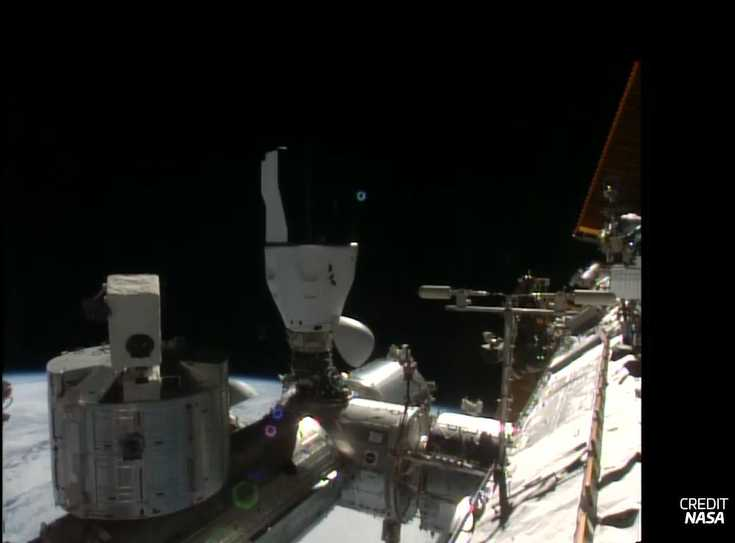SpaceX's Dragon cargo spacecraft (C211) on Wednesday Sept. 3 at about 1815 UTC, successfully completed its first test burn to demonstrate a new capability to help maintain the International Space Station's (ISS) orbital altitude.
This initial maneuver, lasting five minutes and three seconds, used two Draco engines located in the Dragon's trunk to raise the station's orbit by approximately one mile at its lowest point, positioning it in a 420 x 412-kilometer orbit.
The boost kit is expected to provide about a quarter of the propulsion needed annually to maintain the ISS's 418-kilometer-high orbit.
The new capability is enabled by an add-on "boost kit" installed in the Dragon's open-to-space aft trunk section.
This kit includes two Draco engines, six propellant tanks, and a helium pressurization system, forming an independent propellant system separate from the spacecraft's main systems. This hardware allows the Dragon to perform reboosts, a task traditionally handled by Russia's Progress vehicles.
This capability, introduced on the SpaceX CRS-33 mission, is part of NASA's strategy to reduce reliance on Russian vehicles and build fuel reserves for the station's eventual controlled deorbit, a process that will be managed by a future SpaceX-built deorbit vehicle. The Dragon's ability to perform these burns is a significant step towards the station's long-term operations and safe retirement.
This test marks the beginning of a series of planned burns throughout the fall of 2025 to sustain the station's altitude.















